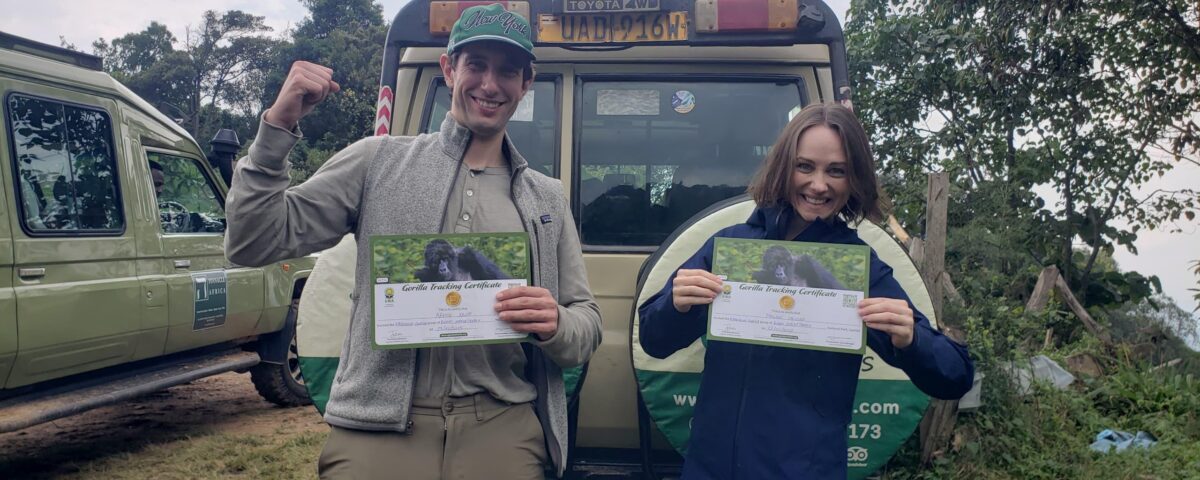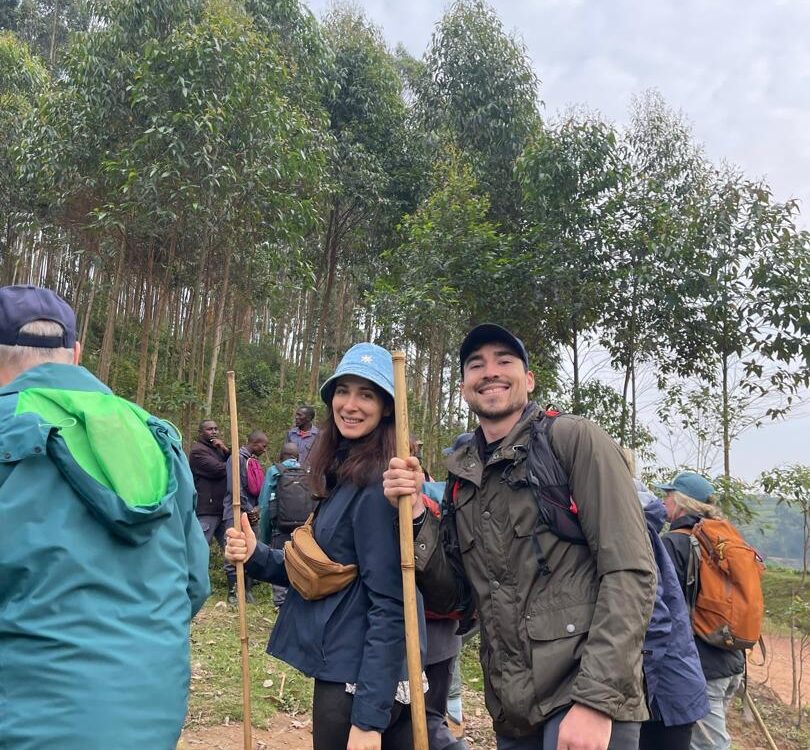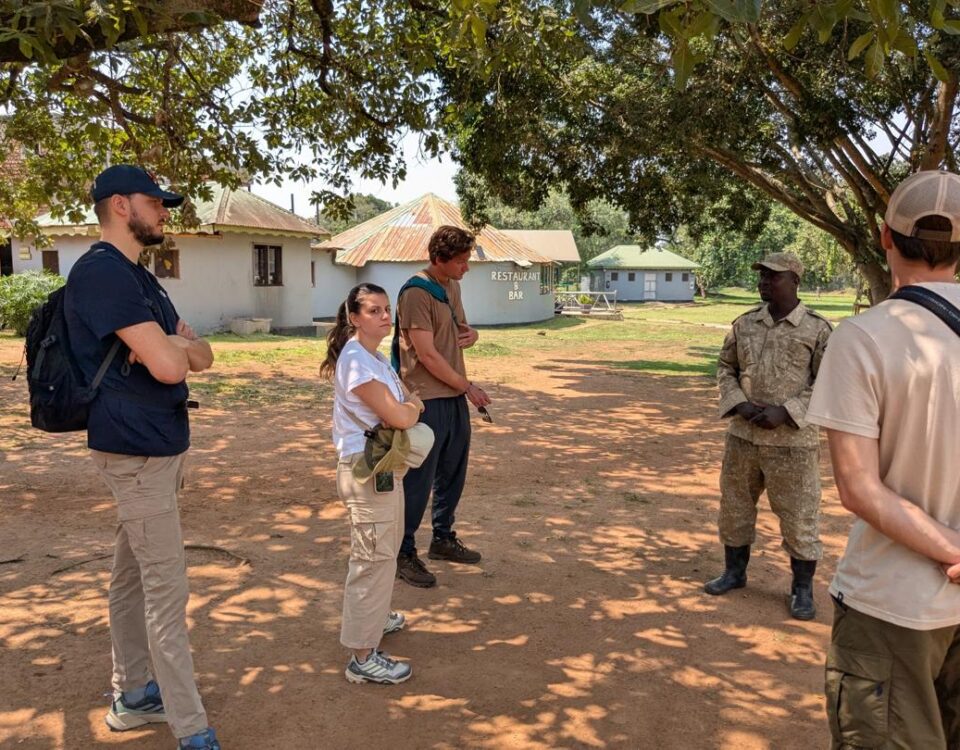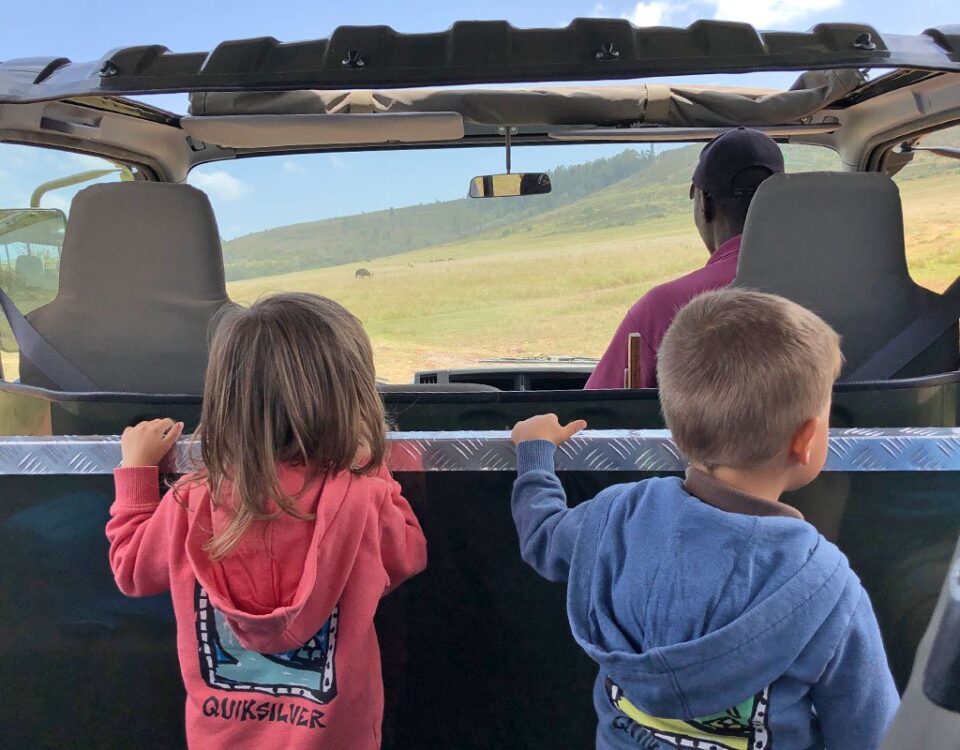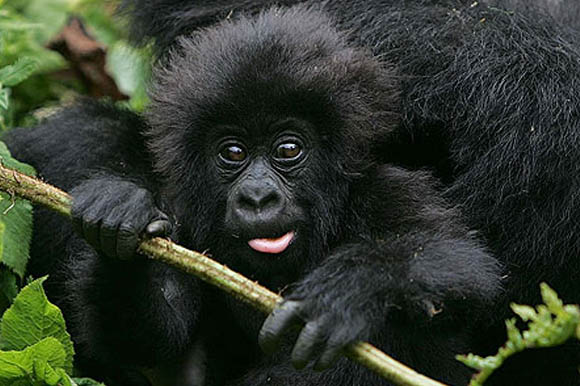
What Should I Wear for Uganda Gorilla Trekking?
April 22, 2025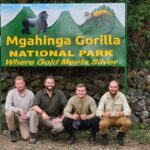
Can I Hire a Porter for Uganda Gorilla Trekking?
April 22, 2025What Should I Pack for the Uganda Gorilla Trek?
A gorilla trek in Uganda is one of the most thrilling and unforgettable adventures in Africa. As you prepare for this life-changing journey deep into the jungles of Bwindi Impenetrable Forest or Mgahinga Gorilla National Park, you may find yourself asking: What should I pack for the Uganda gorilla trek? This is an important question, and packing the right gear will make a big difference in how much you enjoy your trek. Whether you’ve secured a gorilla trekking permit at USD $800 or are heading for the extended gorilla habituation experience at USD $1,500, this comprehensive guide by Tubale Safaris Ltd, a reputable and registered Uganda tour operator, will help you pack smart and trek comfortably.
Uganda Gorilla Trekking Safari Packages and Tours
- 3 Days Gorilla Habituation Safari
- 3 Days Gorilla Trekking Tour
- 3 Days Uganda Fly to Bwindi
- 5 Days Wildlife & Gorilla Safari
- 7 Days Uganda Gorilla Safari
- 8-Day Gorilla & Wildlife Tour
- 9 Days Best of Uganda Safari
- 5 Days Gorilla & Rafting Safari Uganda
- 6 Days Primates Safari Tour
- 10 Days Birding Tour Uganda
- 10 Days Uganda Wildlife Tour
- 12 Days Uganda Wildlife Tour
- 13 Days Pearl of Africa Tour
- 15 Days Uganda Safari
- 18 Days Uganda Safari
- 21 Days Birding Uganda Safari
- 24 Days Best of Uganda Tour
Gorilla Trekking Safaris
Hiking Boots, Clothes, and Rain Gear – The Trekking Essentials
Sturdy Footwear and Outdoor Clothing:
When thinking about what should I pack for the Uganda gorilla trek, start with your feet. Bring a pair of sturdy, waterproof hiking boots with excellent grip and ankle support. The forest trails can be slippery and muddy, especially in the wet season, and you’ll be trekking for several hours. Break them in before your trip to avoid blisters.
Protective Clothing Layers:
Wear long-sleeved shirts and trousers to protect yourself from thorns, insects, and stinging nettles. Choose lightweight, breathable fabrics in earthy or neutral colors like green, khaki, or brown. Avoid bright colors and camouflage. Pack a rain jacket or poncho, even in the dry season, as the rainforest weather is unpredictable. Layering is key—mornings can be chilly, but it warms up as the trek progresses.
Additional Wearables:
Don’t forget a wide-brimmed hat or cap to shield from the sun, a fleece jacket for early mornings, and gaiters or thick socks to tuck in your trousers and protect against ants. Comfort is key, so choose clothes that allow you to move freely and stay dry.
Must-Have Accessories – Gloves, Daypack, and Trekking Poles
Hand Protection and Comfort:
A pair of gardening gloves or trekking gloves is surprisingly important. They protect your hands from prickly bushes, muddy surfaces, and insects. You’ll often grab onto tree branches or vines for balance, so gloves prevent cuts and scrapes and keep your hands clean during the trek.
Backpack and Waterproof Cover:
Pack a small daypack to carry essentials like water, snacks, camera, rain gear, and documents. Make sure the bag is lightweight, has padded straps, and includes a rain cover or is waterproof. Your porter (optional but highly recommended) can help carry this bag, giving you more freedom to enjoy the trek.
Trekking Poles for Stability:
Forest trails can be steep and slippery, so consider packing or renting a collapsible trekking pole. It helps with balance and reduces strain on your knees during long climbs or descents. Your guide or park ranger may also provide a sturdy stick at the starting point of your trek.
Eco-Friendly Insect Repellent and Sunscreen:
Insect repellent with DEET or natural ingredients is essential to ward off mosquitoes and forest bugs. Also pack sunscreen to protect exposed skin, especially when trekking in open forest patches or resting at higher altitudes.
Travel Documents, Permits, and Hygiene Items
Essential Travel Documents:
At the top of your packing list should be your valid passport, travel insurance documents, and of course, your gorilla trekking permit. As of 2024, this permit costs USD $800 per person, while the gorilla habituation experience—offering up to four hours with the gorillas—costs USD $1,500. Tubale Safaris Ltd assists travelers in acquiring these permits in advance to ensure a smooth and well-organized experience.
Personal Hygiene and Health Supplies:
Bring hand sanitizer, biodegradable wet wipes, and a small first aid kit with essentials like plasters, pain relievers, and any personal medication. Include antibacterial soap sheets, lip balm, and tissues. The forests do not have restrooms along the trekking routes, so hygiene items are very helpful, especially during longer treks.
Reusable Water Bottle or Hydration Pack:
Staying hydrated is critical. Pack a refillable water bottle or hydration bladder that fits in your daypack. Some lodges may provide purified water for refilling, or you can bring water purification tablets as a backup. Avoid plastic waste and help conserve Uganda’s pristine forest environment.
Optional Extras for Photography, Comfort, and Community Engagement
Cameras and Binoculars:
Gorilla photography is a major highlight, so bring a good camera with zoom lens and extra batteries or memory cards. Flash photography is strictly prohibited during gorilla encounters. If you’re interested in capturing other wildlife or birds, a compact pair of binoculars can enhance your experience.
Snacks and Energy Bars:
While meals are provided at your lodge, it’s helpful to pack energy bars, trail mix, or fruit snacks to stay energized during the trek. Avoid noisy wrappers and strong-smelling food to maintain the peace of the forest and respect for wildlife.
Light Change of Clothes and Slippers:
After a long muddy trek, it feels great to change into clean clothes and comfortable slippers at your lodge. This is often overlooked but adds real comfort to your post-trek relaxation.
Gifts for Local Communities (Optional):
If you plan to visit local communities or schools as part of your trip, consider packing useful donations like notebooks, pens, or small toys. These are optional but appreciated. Tubale Safaris Ltd works closely with communities to promote responsible and meaningful tourism.
Final Thoughts – Pack Smart, Trek Happily
So, what should I pack for the Uganda gorilla trek? The best approach is to pack light, practical, and respectful of the forest environment. Your gear should keep you dry, safe, and comfortable through changing terrain and weather. Start with sturdy hiking boots, protective clothing, rain gear, gloves, and a small backpack. Add key items like insect repellent, a refillable water bottle, your gorilla permit, a camera, and basic hygiene products.
Whether you’re doing the standard trek with one hour of gorilla interaction (USD $800) or opting for the habituation experience (USD $1,500) with four hours of observation, being well-packed allows you to focus fully on this incredible moment in nature.
At Tubale Safaris Ltd, we take pride in guiding our clients through every step—from obtaining permits to offering detailed packing advice, transportation, and top-notch accommodation. We believe that a well-prepared guest is a happy guest. So gear up, pack right, and get ready for the wild beauty of Uganda’s mountain gorillas—Africa’s most iconic wildlife adventure awaits!

